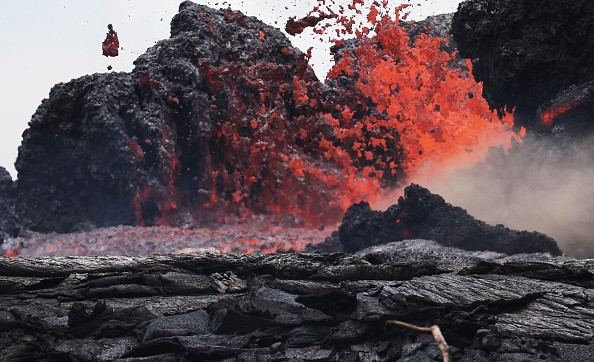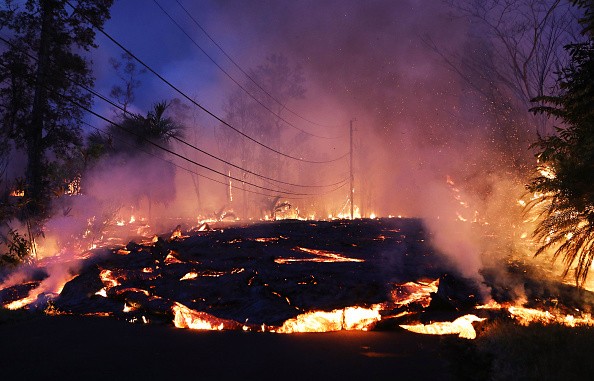Per the USGS, the Hawaiian Volcano Observatory (HVO) is closely watching a significant earthquake swarm at the peak of the Kilauea Volcano on Hawaii's Big Island. For now, the volcano isn't erupting but that could possibly change in the days to come.

Earthquake swarms
USGS equipment noticed that earthquake activity has increased beneath the south portion of Kīlauea summit caldera, within the last 24 hours and within Hawaiʻi Volcanoes National Park.
The activity started about 4:30 pm HT on the 23rd of August and it persisted throughout the night, extending into the early morning of the following day.
Around 1:30 am on Wednesday morning, the swarm of earthquakes became serious in this area, followed by a boost in the rate of ground deformation which the Sandhill tiltmeter recorded, just to the west of where the earthquake swarm is located.
In an update on Wednesday morning, HVO said: "These observations may indicate a small dike intrusion of magma occurring 0.6-1.2 miles beneath the south calder. Over 100 earthquakes have been recorded as of 2:30 am on August 24; the largest recorded earthquake was magnitude 3.3 with the majority of earthquakes less than magnitude 1. Small earthquakes are continuing at a rate of at least 10 detected earthquakes per hour. Currently, webcams show no evidence of lava at the surface."
Aviation Code
HVO added saying that their scientists will keep monitoring the situation and will relay more messages and changes in alert level as necessitated by changing activity.
It is HVO's responsibility to issue Aviation Codes and Volcanic Activity Alert Levels. Aviation Codes could be yellow, orange, green, or red. The volcano is simply "unassigned" when instrumentation that is ground-based isn't sufficient to show that a volcano is at an usual background level of activity.
While green suggest typical activity that has to do with a non-eruptive state, yellow suggests a volcano is showing signs of increased unrest above identified background levels. When a volcano shows intense or increasing unrest with the rising possibility of an eruption, it moves to orange.
Lastly, when an eruption is approaching with a significant release of volcanic ash anticipated in the atmosphere or an eruption is in progress with a significant release of volcanic ash into the atmosphere, the code turns red.

Volcanic Activity Alert Level
Volcanic Activity Alert levels are normal, advisory, warning or watch. The same as aviation codes, if data is not sufficient, it is simply "unassigned."
When the volcano is at normal background activity in a state that is non-eruptive, it is recognized as normal. If the volcano shows signs of increased unrest beyond the background level, officials issue an advisory.
If a volcano shows intense or increasing unrest, a watch is issued but when a hazardous eruption is about to happen a warning is issued.
With this Kilauea's activity, the volcano has been set to Yellow, for the aviation code and watch for the volcanic activity alert level. The same is true for the Mauna Loa volcano that is close by and recognized to be the largest active volcano in the world.
Related Article : 20,000 Swarms of Earthquakes Could Cause Volcanic Eruptions in Iceland, Experts Say
For more news, updates about earthquakes, volcanoes and similar topics don't forget to follow Nature World News!
© 2025 NatureWorldNews.com All rights reserved. Do not reproduce without permission.





